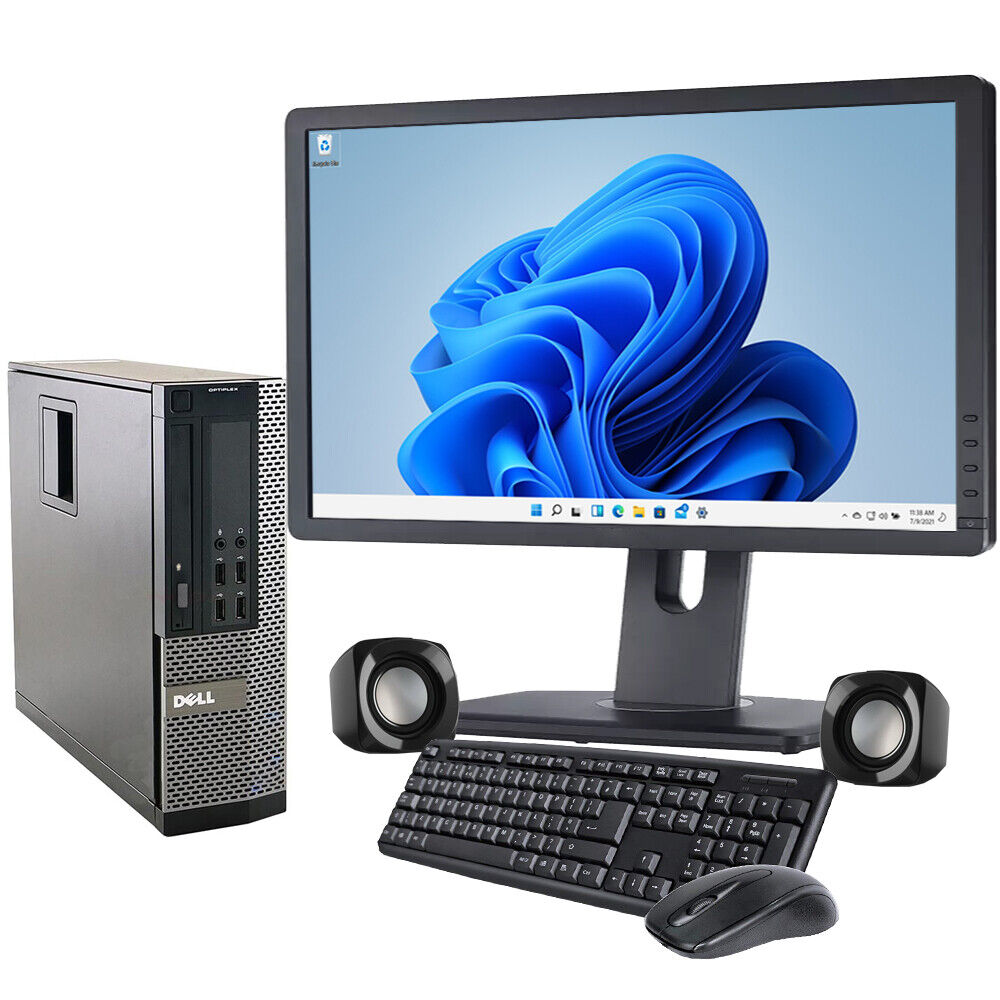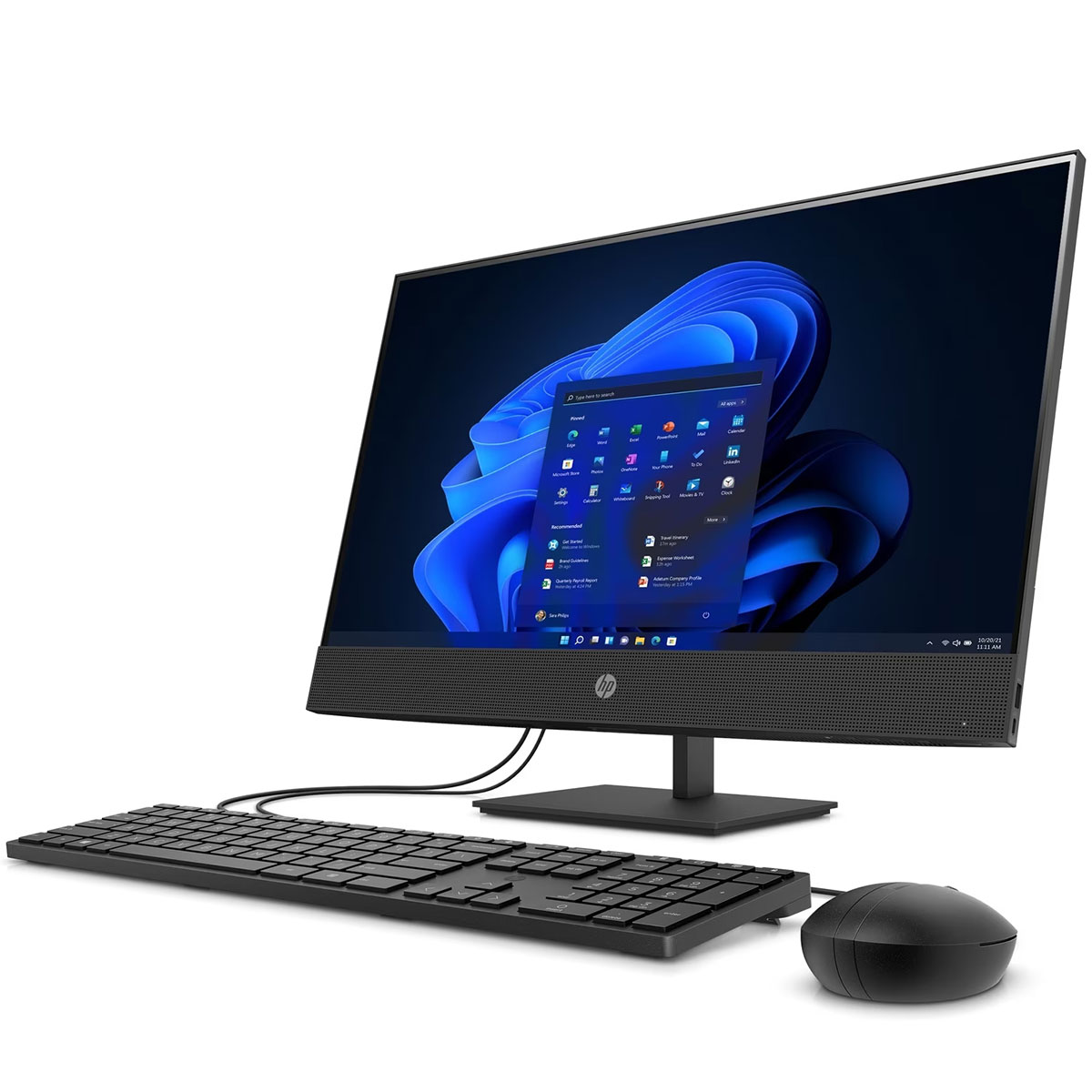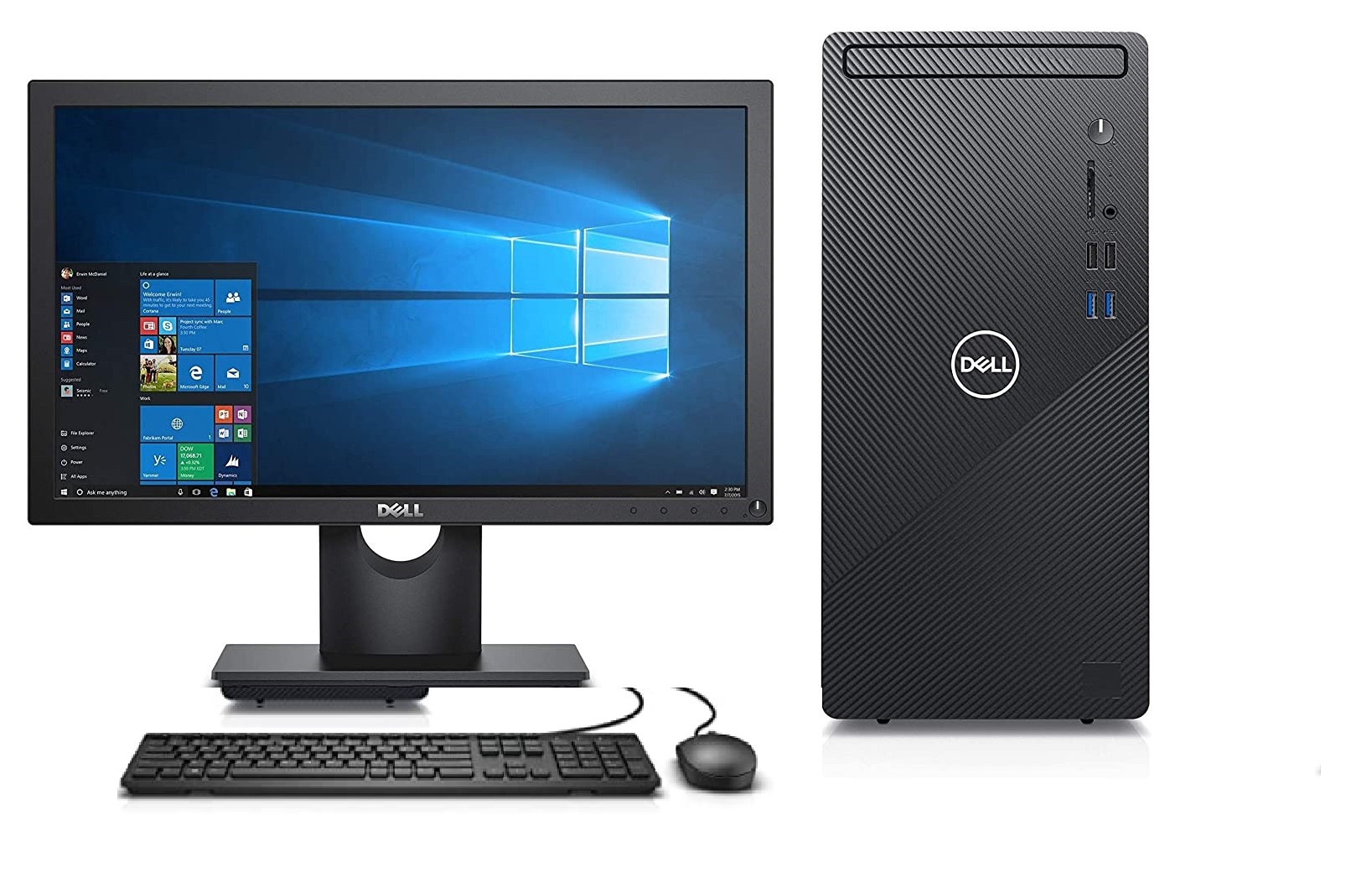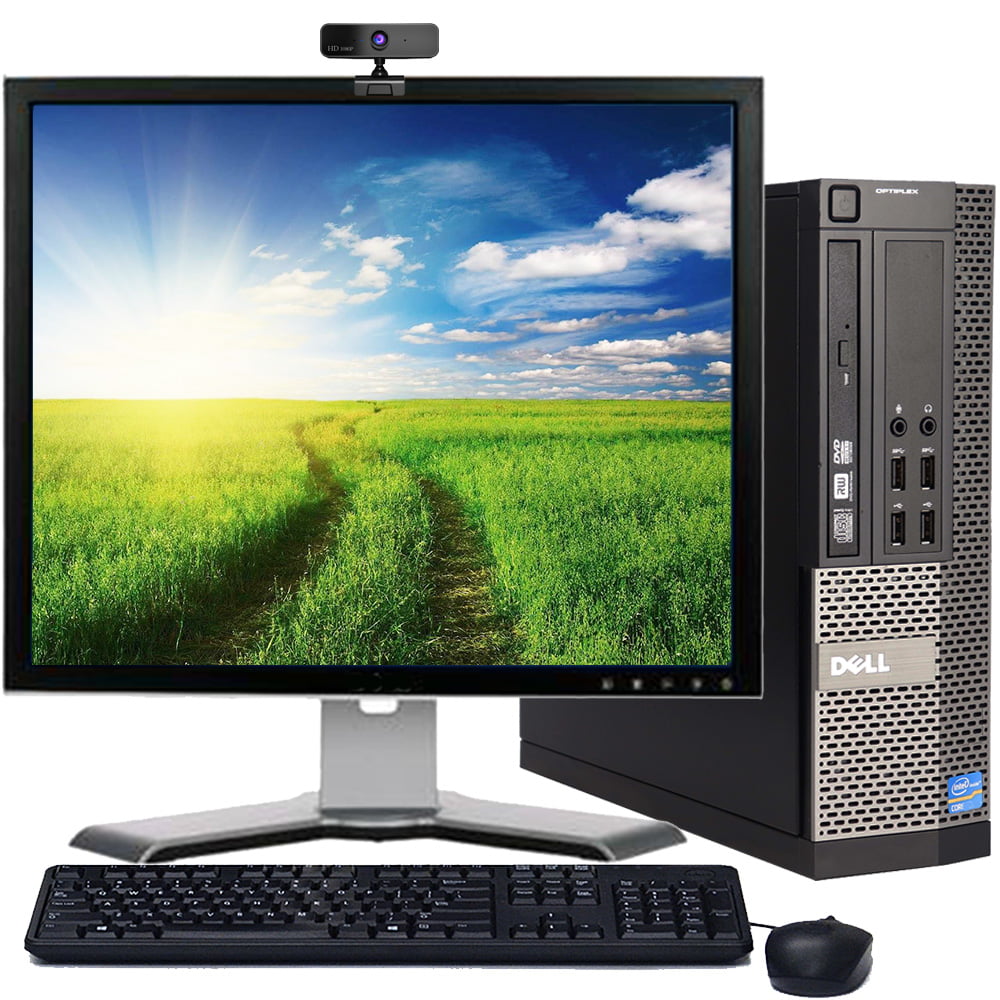Rancher Desktop is a desktop application that simplifies Kubernetes development by bringing container management and orchestration onto your local machine. With a clear focus on streamlining the developer’s workflow, Rancher Desktop delivers a tool that is both accessible and robust. In this article, we delve into the ways in which Rancher Desktop can enhance your Kubernetes workflows, from simplifying cluster management to providing a seamless experience for your development process.
Effortless Cluster Management on Your Local Machine
Simplified Kubernetes Configuration
Instead of wrestling with complex Kubernetes configurations, Rancher Desktop supplies a user-friendly interface that allows for easy setup and management of local Kubernetes clusters. Users can quickly start, stop, and switch between different Kubernetes versions with minimal fuss directly from their desktop.
Built-in Kubectl Integration
Rancher Desktop comes with kubectl, the Kubernetes command-line tool, which means you can interact with your cluster immediately after the installation. The integration simplifies the process of applying configurations or checking the status of resources without the need to install any additional tools.

Embracing Containerized Applications with Ease
Utilizing Container Standards
Rancher Desktop fully supports Docker container images and standards. Developers can pull from any container registry, manage images, and run containers directly within the platform. This adherence to industry standards ensures a smooth transition from a public cloud environment to a local one, or vice versa.
Transitioning Seamlessly Between Environments
The ability to test and develop locally with containerized applications that behave exactly as they would in a live cluster cannot be overstated. Rancher Desktop’s consistent environment means applications can transition between development, testing, and production without unpleasant surprises.

Streamlining Continuous Integration and Deployment
Local Testing for CI/CD Pipelines
With Rancher Desktop, you can run your continuous integration/continuous deployment (CI/CD) pipelines locally, allowing you to test changes in a controlled environment before pushing them out. This local approach to CI/CD pipelines can save time and reduce errors by catching potential issues early in the development cycle.
Integrations with DevOps Tools
Integration with DevOps tools is simplified, aligning Rancher Desktop with modern development practices. Developers can use their favorite tools for version control, testing, and deployment in conjunction with Rancher Desktop, crafting an efficient and integrated workflow.

Developer-Friendly Interface for Increased Productivity
Intuitive Graphical User Interface
For those who prefer graphical interfaces, Rancher Desktop provides a well-designed GUI that makes navigating Kubernetes resources straightforward. This approachability is beneficial for both newcomers learning Kubernetes concepts and seasoned developers looking to speed up their work.
Command Line Flexibility
Advanced users have not been left out either. Rancher Desktop’s full command line support allows for scripting and automation which can greatly increase a developer’s productivity. By utilizing automation, developers free themselves from repetitive tasks and can focus more on writing code.

Leveraging Resource Efficiency for Lightweight Operations
Optimal Resource Allocation
Rancher Desktop operates efficiently when it comes to resource allocation, ensuring that local Kubernetes environments don’t become a drain on your system’s memory and CPU. Developers can easily fine-tune resource limits for their Kubernetes clusters, optimizing for the best balance between performance and resource use.
Purpose-Built for the Desktop
Crafted explicitly for desktop environments, Rancher Desktop avoids the overhead that can come with enterprise-level orchestration tools designed for large clusters. This focus on the desktop translates to a lightweight, snappier experience for the individual developer.

Integrating with Developer Ecosystems and Supporting Best Practices
Compatibility with Multiple OS Platforms
With support for Windows, macOS, and Linux, Rancher Desktop is available for a wide developer audience, regardless of their preferred operating systems. By catering to the main OS platforms, Rancher Desktop provides a consistent experience no matter the underlying system.
Encouraging Best Practices
By integrating with well-established Kubernetes practices and standards, Rancher Desktop encourages the use of best practices right from the start. Whether it’s through testing your applications in a local environment that mimics production or utilizing cloud-native development patterns, Rancher Desktop supports developers in adopting methodologies that lead to more robust and scalable applications.
Customizing the Development Environment to Your Needs
Tailoring Kubernetes to Fit Your Project
With Rancher Desktop, you can tweak Kubernetes settings to suit your specific project requirements. Adjust network policies, storage options, and even namespace configurations with ease. This ability to customize ensures that developers are not restricted by their tooling and can set up an environment that mirrors their production setup as closely as necessary.
Hassle-Free Upgrades and Version Management
Keeping up with the latest Kubernetes updates is straightforward with Rancher Desktop. The application allows you to upgrade your local cluster to the newest Kubernetes version while ensuring backward compatibility with your current projects. Developers can manage multiple Kubernetes versions and switch between them depending on their project needs—guaranteeing that testing across different environments is a breeze.
Focusing on Application Development Instead of Infrastructure
Minimizing Setup and Configuration Time
Rancher Desktop significantly reduces the time spent on environment setup and configuration, allowing developers to devote more energy to creating applications. By automating the provisioning of Kubernetes clusters and encapsulating the complexity of container orchestration, Rancher Desktop liberates developers from the tedium of infrastructure management.
Streamlined Application Debugging
Debugging applications is an area where Rancher Desktop shines. Direct access to local Kubernetes clusters makes it possible to quickly deploy and monitor applications, view logs, and troubleshoot issues in real-time. This immediacy accelerates the debugging process and helps developers rapidly iterate on their code, enhancing productivity and reducing frustration.
Community Engagement and Continuous Improvement
Active Community for Support and Collaboration
Rancher Desktop benefits from an engaged community of developers who contribute to its continuous improvement. The community forums and GitHub repositories serve as resources for troubleshooting, feature requests, and collaboration. This environment of shared knowledge helps users problem-solve and innovate, pushing the boundaries of what’s possible with local Kubernetes development.
Commitment to Open Source and Innovation
As an open-source tool, Rancher Desktop represents a commitment to collective progress in the developer community. Continuous integrations and feature updates reflect the evolving needs of developers working with Kubernetes. By staying attuned to the pulse of the development world, Rancher Desktop not only adapts to emerging trends but often helps set them, ensuring a future-facing approach to container management and orchestration.
Rancher Desktop is a potent tool for developers. It allows them to harness the power of Kubernetes without associated complexity. The application streamlines Kubernetes development. This includes managing clusters and deploying applications. It makes the process more accessible and efficient. Rancher Desktop considers the needs of the developer community. It provides a robust, intuitive, and flexible platform. It has become an indispensable tool for containerized application development. Rancher Desktop suits both new and experienced Kubernetes users. It simplifies and enhances workflows. Ultimately, it allows developers to focus on building great software.
